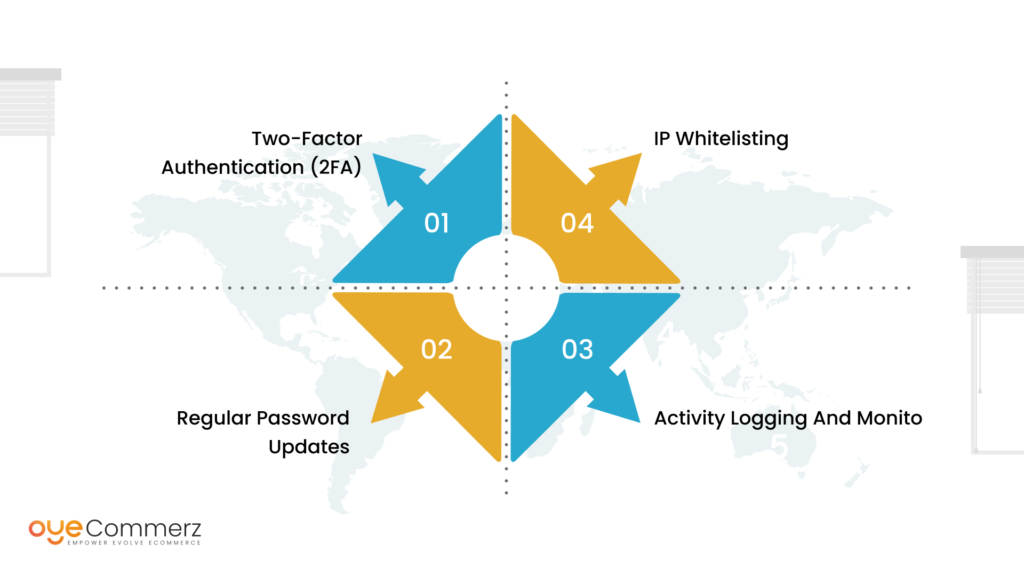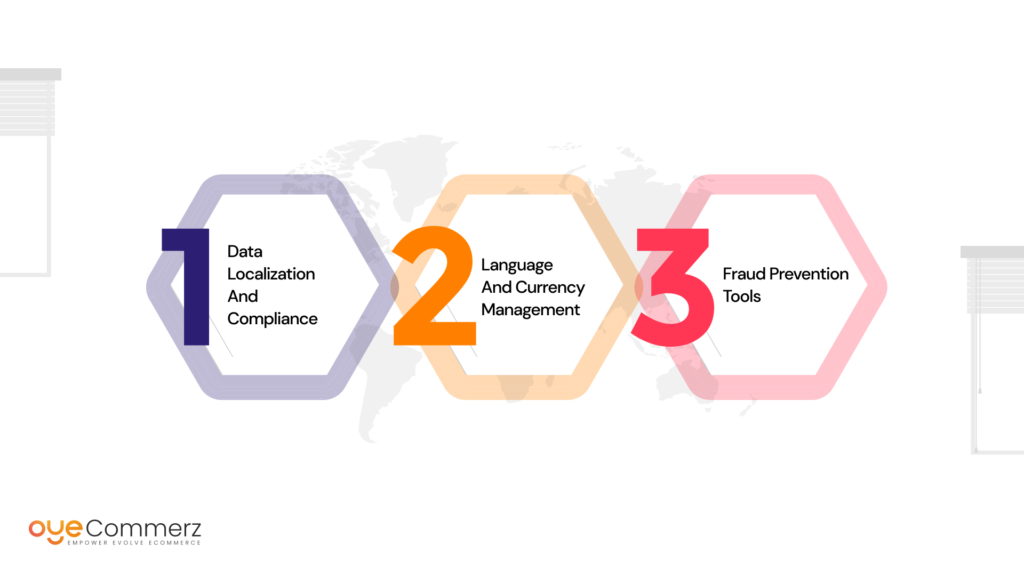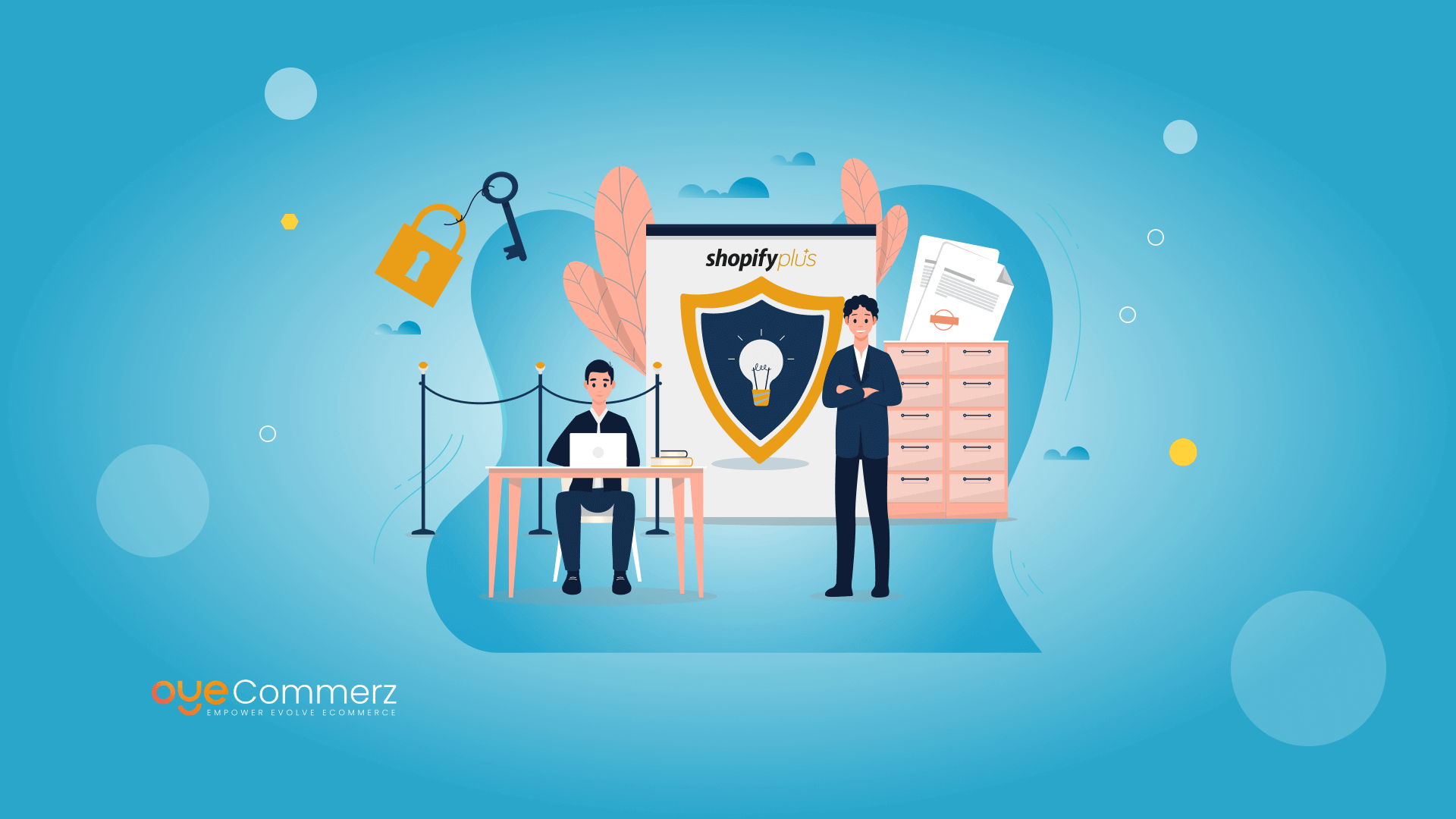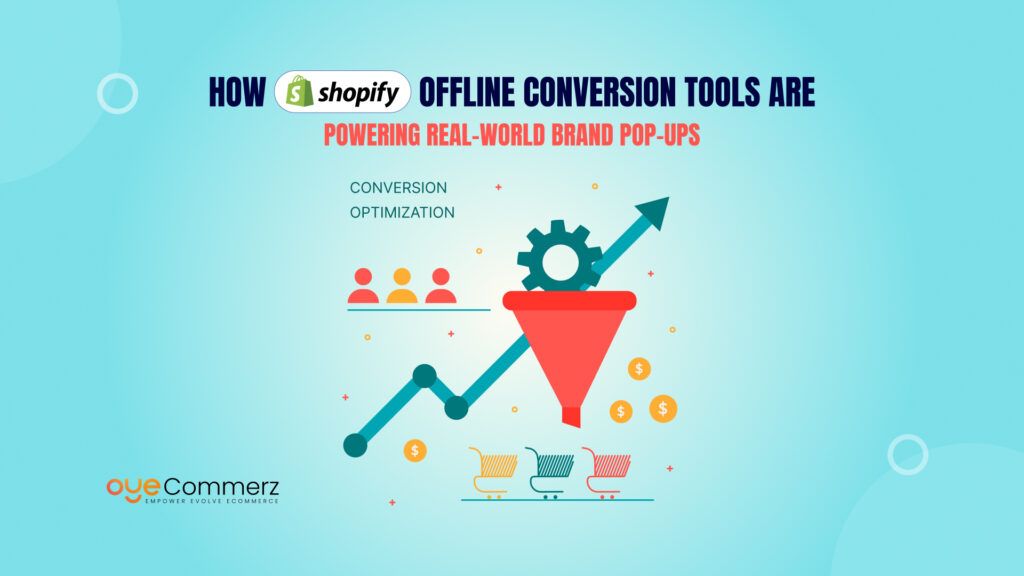In the rapidly changing world of e-commerce, keeping your online business safe isn’t just a good idea; it’s a need. If you run a Shopify Plus store, you’ve already made a wise decision by selecting a platform with robust built-in security protections. However, as cyber threats change, so should your security protocols.
In this article, we’ll walk you through the most important measures you can take to secure your Shopify Plus store from possible threats. Whether you’re a company owner, a manager, or just responsible for keeping things operating smoothly, this guide will help you stay ahead of the competition and keep your store secure. If you need expert assistance, partnering with a trusted Shopify Plus partner can provide you with tailored security solutions. Are you ready for a dive in? Let’s get started.
Table of Contents
ToggleImplementing Shopify Security Settings

Shopify Plus offers a range of built-in security features, but leveraging them effectively requires a proactive approach. Understanding the cost of not upgrading to Shopify Plus can help you prioritize essential security settings and implement them effectively.
1. Two-Factor Authentication (2FA)
Two-factor authentication adds an extra layer of security by requiring not only a password and username but also something that only the user has on them, i.e., a piece of information only they should know or have immediately to hand, such as a physical token.
- How to Enable 2FA:
- Go to your Shopify admin panel.
- Navigate to Settings > Users and Permissions.
- Select the user and enable 2FA by following the prompts.
- Benefits of 2FA: Significantly reduces the risk of unauthorized access by requiring a second form of verification.
2. Regular Password Updates
Regularly updating passwords and enforcing strong password policies can prevent unauthorized access.
- Password Policies:
- Use complex passwords with a mix of letters, numbers, and special characters.
- Enforce periodic password changes for all users.
- Avoid reusing passwords across different platforms.
3. IP Whitelisting
Restricting access to your store’s backend based on IP addresses adds another layer of security.
- Setting Up IP Whitelisting:
- Navigate to Settings > Users and Permissions.
- Configure allowed IP addresses for accessing the admin panel.
- Advantages: Ensures that only trusted networks can access the backend.
4. Activity Logging and Monitoring
Monitoring user activity and maintaining logs can help detect and respond to suspicious behavior swiftly.
- Tools and Techniques:
- Utilize Shopify’s built-in activity logs.
- Integrate third-party monitoring tools for enhanced insights.
Securing Your Shopify International Store

Operating a Shopify international store comes with security challenges, particularly when leveraging Shopify Plus features for international sales. It is crucial to ensure that each regional site adheres to stringent security protocols.
1. Data Localization and Compliance
Ensure compliance with local data protection regulations like GDPR, CCPA, and others.
- Data Localization:
- Store data in compliance with local regulations.
- Use regional data centers when possible.
- Compliance Measures:
- Regularly audit data storage practices.
- Update privacy policies to reflect local laws.
2. Language and Currency Management
Proper management of languages and currencies can prevent potential vulnerabilities.
- Best Practices:
- Use Shopify’s multi-language and multi-currency features.
- Regularly update translations and currency conversion rates.
- Security Measures:
- Ensure language plugins are up-to-date.
- Monitor for currency-related anomalies.
3. Fraud Prevention Tools
Utilize Shopify’s fraud detection tools to minimize the risk of fraudulent transactions.
- Tools Available:
- Shopify’s built-in fraud analysis.
- Third-party fraud prevention apps like Signifyd or Riskified.
- Implementation:
- Regularly review flagged transactions.
- Customize fraud detection settings to suit your business needs.
Utilizing the Shopify Secure Badge
Displaying trust signals like the Shopify secure badge can reassure customers about the safety of your site.
1. Importance of Trust Signals
Trust signals help in building customer confidence and improving conversion rates.
- Types of Trust Signals:
- SSL certificates.
- Secure payment badges.
- Customer reviews and testimonials.
2. Implementing Shopify Secure Badge
Leverage Shopify’s secure badge to communicate the security of your store.
- Steps to Implement:
- Ensure your store has an active SSL certificate.
- Enable the secure badge from the Shopify settings.
- Placement Strategies:
- Display the badge prominently on the homepage and checkout pages.
- Include trust signals in marketing materials.
3. Enhancing Customer Trust
Beyond badges, ensure that your overall site experience exudes security and professionalism.
- Best Practices:
- Keep your site’s software and plugins up-to-date.
- Conduct regular security audits.
- Train staff on security best practices.
Addressing Some Common Shopify Security Issues
Despite Shopify’s robust security measures, issues can still arise. Proactively addressing these potential problems is crucial.
1. Common Security Issues
Identify and mitigate common security issues that Shopify Plus stores face.
- Issues Include:
- Cross-site scripting (XSS).
- SQL injection attacks.
- Phishing scams targeting store staff or customers.
- Preventive Measures:
- Use Shopify’s built-in security features.
- Regularly update apps and themes.
- Educate staff about phishing scams.
2. Emergency Response Plan
Having a well-defined response plan for security breaches is essential.
- Key Components:
- Incident response team.
- Clear communication channels.
- Steps for isolating and mitigating the breach.
- Testing the Plan:
- Conduct regular drills.
- Update the plan based on new threats.
3. Regular Security Audits
Conducting regular security audits helps identify vulnerabilities before they can be exploited.
- Audit Steps:
- Review access logs and user activities.
- Check for outdated software and plugins.
- Test for common vulnerabilities using tools like OWASP ZAP.
- Frequency:
- Perform audits quarterly.
- Increase frequency if there are significant changes to the store.
Ready to Secure Your Shopify Plus Store?
At Oyecommerz, we’re not just Shopify Plus experts, we’re your partners in building a secure, successful e-commerce business. Whether you’re a small business or an enterprise, our team has the skills and experience to help you implement top-notch security measures that protect your store from threats. From setting up two-factor authentication to conducting regular security audits, we’ve got you covered.
Let us handle the technical details so you can focus on growing your business with confidence. Get in touch today to learn how our Shopify Plus development services can safeguard your online store and take it to the next level!
Contact to Migrate your Site to Shopify Now
Conclusion
Maintaining the security of your Shopify Plus store is an ongoing process that requires vigilance and a proactive approach. When considering how to choose the best Shopify Plus development agency, selecting one that prioritizes robust security measures is crucial. Implementing the security best practices outlined in this guide can significantly reduce the risk of breaches and safeguard your business’s valuable assets.
A top-tier development agency will not only leverage Shopify’s built-in security settings but also address common security issues and display trust signals to enhance your store’s protection. For enterprise-level e-commerce businesses, these practices are essential for ensuring the longevity and success of your online operations.
Stay informed about the latest security trends and continuously refine your strategies to stay ahead of potential threats. Choosing the right agency for Shopify Plus development can make all the difference in maintaining a secure and successful Shopify Plus store.




